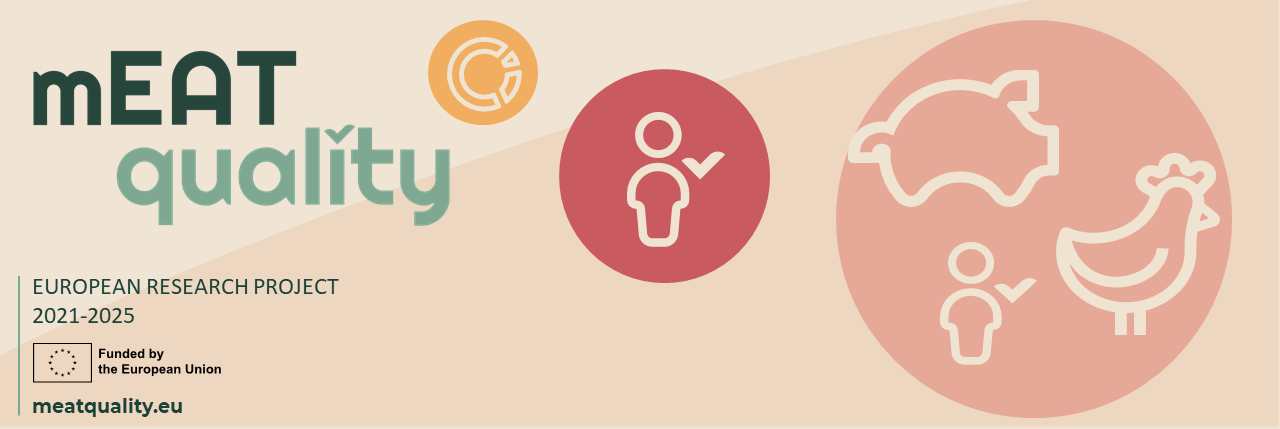19 and 20 January 2022, the mEATquality research project officially kicked off. It has been awarded €6.5 million of EU funding to research the links between animal welfare and meat quality. It is part of a batch of projects that make up the EU’s Horizon 2020 program, all about how to get better meat quality on the consumer’s plate. Its end date is set for September 2025.
Farming effects on meat quality
Consumers expect high-quality meat from animals reared on farms providing good animal welfare. Is this expectation justified? The mEATquality project will examine the effects of extensive husbandry on the quality of poultry meat and pork. It does so by collecting data on all kinds of farms, conventional, organic and free-range, and conduct consumer expectation studies and controlled experiments. The researchers will also develop techniques for automated quality assessment and try to establish whether the origin of the meat can be fully traced. In addition, they will evaluate advanced farming practices against sustainability aspects. Pigs and poultry are chosen as objects of study, as they are farmed animals reared both in intensive and extensive systems.





